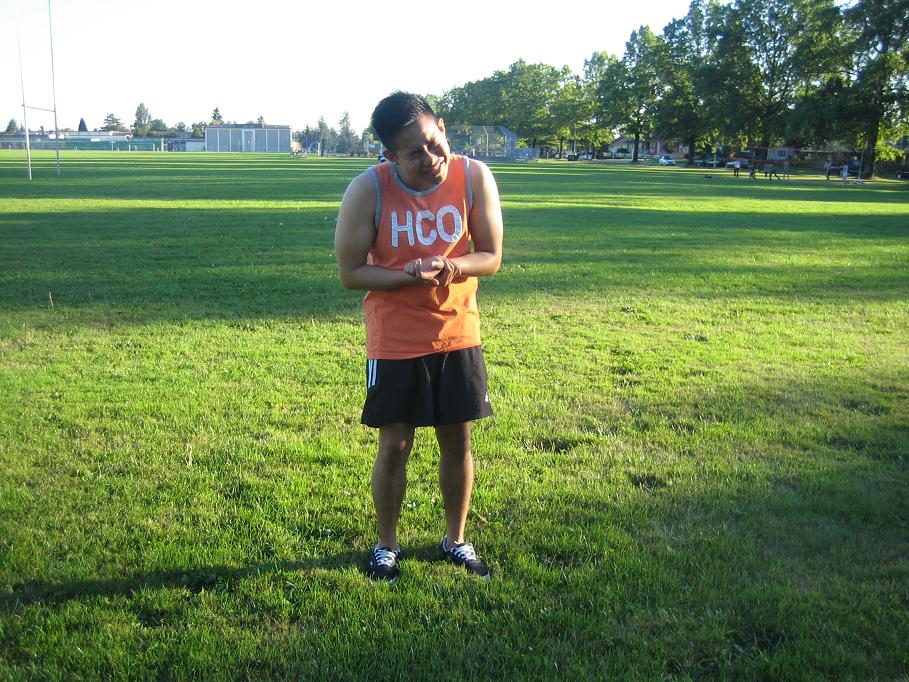A boxer’s fracture is a break through the bones of hands that forms the knuckles. The fractures happen in the metacarpal bone that attaches the ring finger or the little finger to the wrist known as the fourth and the fifth metacarpal bones.
It can also cause a break in the neck of the second and third metacarpal bones. The second metacarpal bone attaches the index finger to the wrist, and the third metacarpal attaches the middle finger to the wrist.
Causes of boxer’s fracture
Punching a hard object or a wall with a closed fist but can also happen when the hand is not closed and strikes a hard object.
The stress on the bone will result to a break in the weakest part which is the neck of the bone, found below the knuckle.
Symptoms
- Severe pain or tenderness of the affected area
- Depressed knuckle
- Pain with movement of the hand or fingers
- Snapping or popping sensation can be felt in the affected bone
- The hand swelling, discolored or bruise around the injured area
- Deformity of the broken bone or the knuckle
- Abnormal movement of the fragments of the broken bone
- Sometimes, the fracture can cause a cut in the skin which needs immediate treatment
Treatment

- Take plenty of rest especially the affected area. Avoid performing activities that further irritates the area and worsen the condition.
- Apply ice on the area. Ice can be in the form of an ice pack. Wrap ice in a towel or a piece of cloth before placing to the area for at least 10-15 minutes to lessen the swelling and the pain. If ice is not available, another alternative is soaking a clean towel in cold water, and then place to the affected area is good for the condition.
- Elevate the area above the level of the heart to lessen the swelling. When lying down, raise the area in couple of pillows to keep it elevated.
- Wash cuts in the affected area using soap and water immediately and cover it with clean bandage to lessen the risk of developing infections and worsen the condition.
- Immobilize the area by using a splint to prevent unnecessary movement and prevent causing damage to surrounding muscles, tendons, blood vessels, ligaments and nerves. Keep splint dry all the time to maintain their strength.
- Take the prescribed over-the-counter pain medications such as acetaminophen or ibuprofen to lessen the pain and the swelling.
Tips
- Avoid situations in which an injury can happen such as fist fights and punching a hard object due to anger or frustration to lessen the risk of a boxer’s fracture.
- Performing regular exercises and taking calcium supplements to lessen the weakening of the bones that happens naturally due to age.
Disclaimer / More Information
The material posted on this page on a boxer’s fracture is for learning purposes only. Learn to recognize the indications and how it is managed by taking a first aid and CPR class with one of our training providers.
FACT CHECK
https://en.wikipedia.org/wiki/Boxer%27s_fracture

